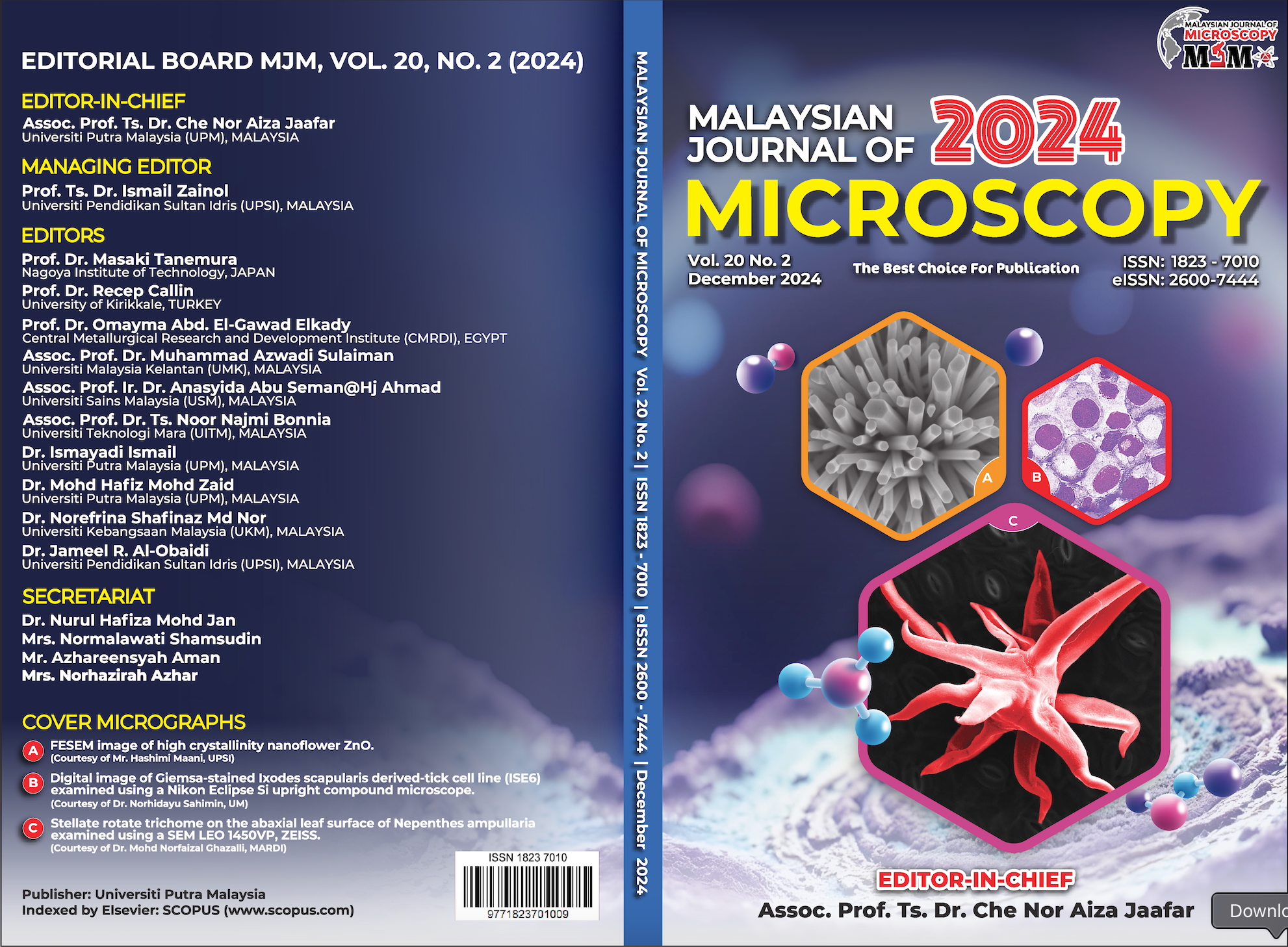EFFECT OF WALL LINE COUNT ON THE MECHANICAL PROPERTIES OF FDM 3D-PRINTED PLA PARTS
Abstract
In 3D printing applications, understanding various printing parameters is crucial for achieving the optimal mechanical performance for 3D-printed parts. Therefore, this research aims to investigate the effect of varying wall line counts on the mechanical properties of poly(lactic acid) (PLA) through the fused deposition modelling (FDM) method. 3D-printed samples with varying wall line counts of 6, 18, and 30 layers were prepared. In this work, the mechanical properties and morphological examination were carried out. The experimental results show that the 30 layers of wall line count exhibit the highest tensile strength of 32.91 MPa and able to receive a maximum load of 1283.53 N. It also demonstrates a higher density of 1.19 g/cm³ compared to that of 6 layers and 18 layers of wall line count. However, it revealed that the highest energy absorbed was 18 layers of wall line count with a 0.26 J, contrasting with the other samples. Scanning electron microscope (SEM) morphologies on the fracture surface after tensile test observed a decrease in voids with the 30 layers of wall line count, which is comparable to the 6 and 18 layers of wall line count. In conclusion, the effect of varying wall line count can improve the mechanical properties of 3D-printed parts.


